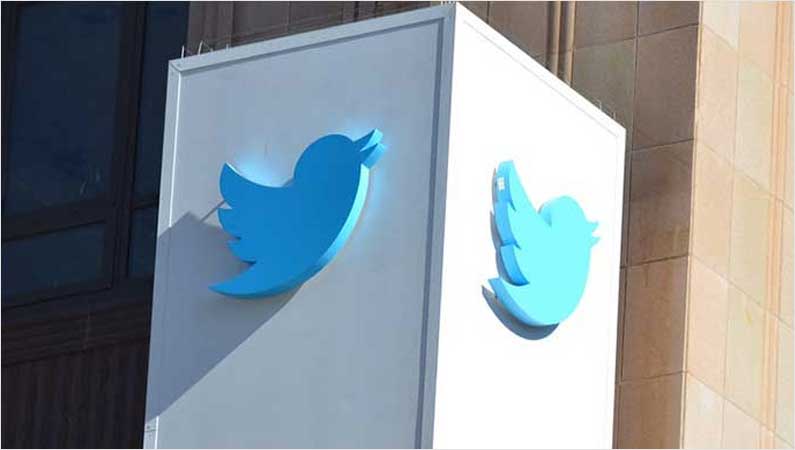Twitter always a nice-to-have, not a must-have, say advertisers
Brands are going to pause and play the wait-and-watch game going forward, say industry experts
Brands are going to pause and play the wait-and-watch game going forward, say industry experts

Twitter will now charge $8 per month for users to get that desirable blue tick; Twitter has paused the $8 subscription. Parody accounts will be suspended; parody accounts are allowed but need to mention they’re parody accounts. Official accounts of celebrities and brands will have an official tag next to their account names; that’s been now removed; it’s back again.
While the internet is here for Elon Musk’s chaotic management style as he continues his transformation of the “world’s town square”, advertisers are warily backing away, and none too slowly. Platformer and Digiday earlier this week reported that GroupM, Twitter’s biggest spender, has joined IPG and Omnicom Media Group in recommending its exhaustive client list to pause their advertising on Twitter (though their agency executives remain tight-lipped on the actual details).
Ticked Off
Vivek Kumar Anand, Director – Business & Innovation, DViO Digital, agrees that there has been chaos at Twitter since Elon Musk's takeover, saying, "Adding to it are Musk's confusing tweets, senior management resignations from critical posts and the recent abuse of blue checks.”
“All of these have made the platform very volatile, making it prudent for advertisers and businesses to take a break till they get some clarity on the future of Twitter, its policies, processes, brand safety and client investment on the platform to avoid any investment, brand safety or a cybersecurity risk,” he adds.
Experts point to the fact that several accounts, including those of controversial users like Donald Trump and Kanye West, were suspended by the previous Twitter management, which may now be restored, given Musk’s free speech absolutism.
“Brands, therefore, will be conscious and closely monitor the situation to understand how these accounts come back and more importantly what will be the process to get them back. This will speak volumes about Twitter’s approach towards trolls and how the platform is going to be used,” says Pillai.
An agency head, speaking on the conditions of anonymity, notes that advertisers are always sensitive and attentive to the changing landscape of social media. “For brands, it is essential to get a clear picture of the type of content their ads run against. No one would like to see their ads alongside divisive and harmful content. Brands may need to exercise caution until the new content moderation policy is introduced,” they say.
By the Numbers
And therein lies the rub. As far as numbers go, Twitter is hardly the most user-heavy platform out there. The world’s three biggest social media platforms all boast a monthly user count of two billion and above with Facebook topping the list at 2.9 billion MAU, YouTube close behind at 2.6 MAU and WhatsApp rounding off the top three at a nice round 2 billion. Twitter doesn’t even make the top 10; in fact it barely makes the top 20, coming in at 16 with a relatively paltry 436 million MAU.
While Musk may be boasting that the site has never seen more activity, when your monthly user count is being surpassed by apps that time forgot like Pinterest and Snapchat, you don’t have a lot of bargaining power. And Musk’s insistence on him wanting to wean Twitter’s earnings from ads (currently standing over 90%) is probably not helping his case.
Tanvi Bosmia, Associate Account Director, SoCheers says that while brands pausing their ad spends on Twitter is obviously hitting the company hard, there is still room to recover if the advertisers’ concerns are heard and timely addressed.
“Twitter has been a preferred platform for advertising for a lot of brands for quite some time, but if such setbacks continue, it’d make even the most loyal advertisers reconsider. Moreover, there are definitely some brands who might have lost trust in the platform, which will need to be earned back in order to mitigate any long-term negative impacts on Twitter’s standing and revenue,” she points out.
As Anand notes, “If you see the media mix of a brand, Twitter falls largely as an awareness channel and not as a critical performance channel; hence advertising on Twitter has always been a nice to have, not a must-have for advertisers, and consequently is falling short on risk and reward metrics and going out of media plans.”
Indeed, Danish Malik, Co-Founder and CEO of Boomlet Media Private Limited, believes there in fact, lies a big opportunity for all the other competitors of Twitter to fill the gap as big companies and creators are searching for an alternative and looking for a better quick-blogging platform. “It is certain that a platform that can bring all aspects together (mainly users, brands, influencers and others that are impatient for an apt alternative) is sure to win the game and replace Twitter in one of the fastest transitions ever,” he concludes.